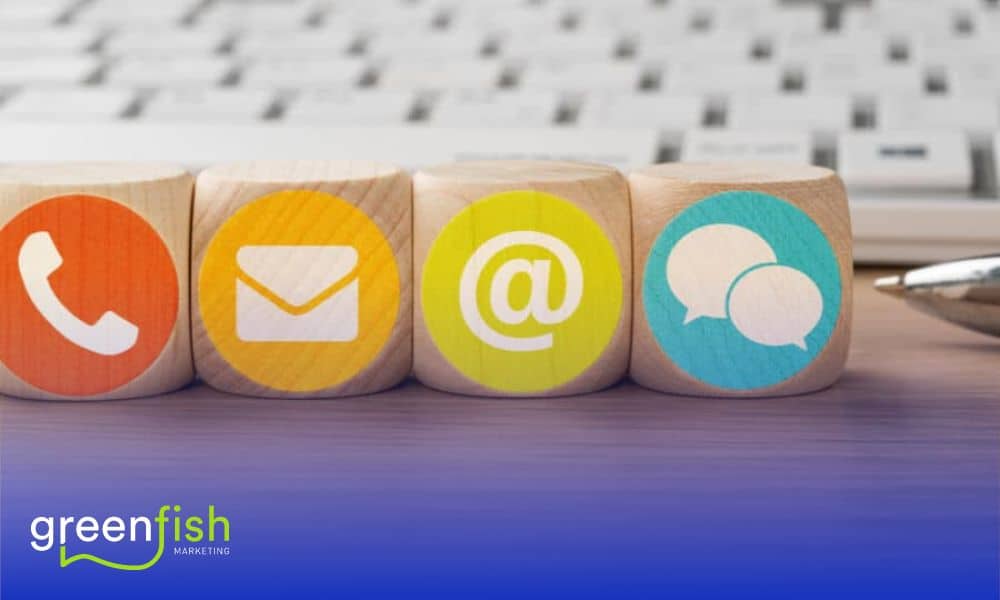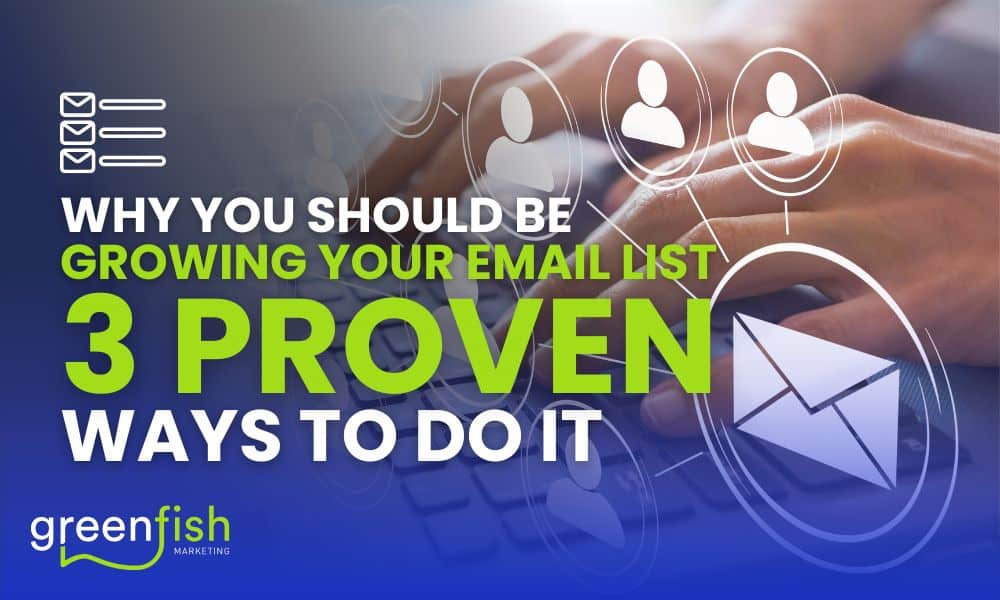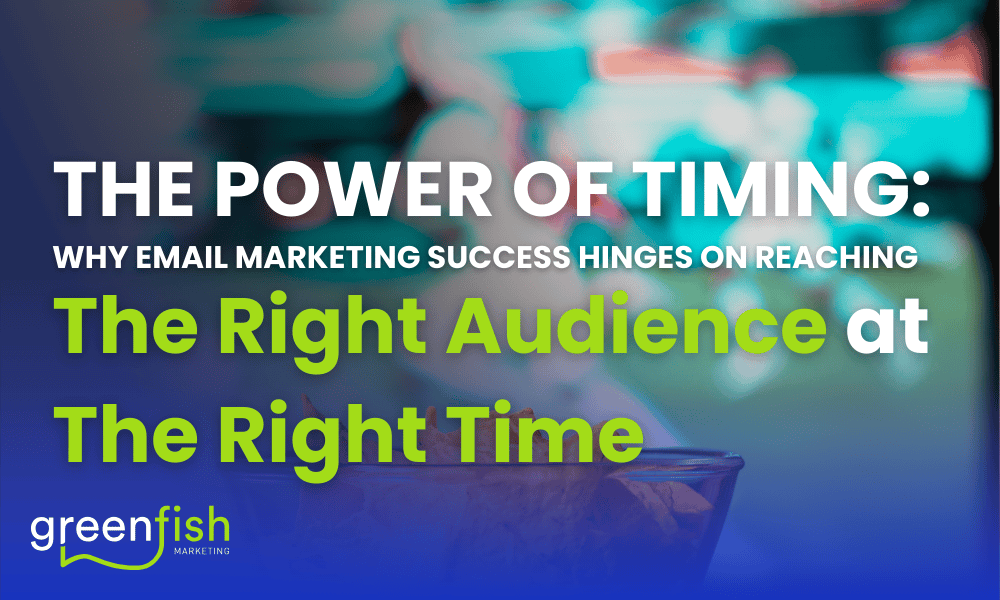It is a truth universally reported that an existing customer is far more valuable than a new one. And yet, across the board, so much marketing energy is poured into targeting new clientele.
For any kind of business, it is important to put that same energy into nurturing existing customer relationships. But when it comes to customers, there is often a thin line to tread between not enough contact, and too much.
Knowing how, and when, to contact your customers can make a huge difference in your relationships and satisfaction levels, ensuring they stick around, and are happy about it.
Are you contacting a short or long-term client?
If you’re engaging with a client for a limited amount of time, more intensive and frequent interaction may be needed to ensure work is completed in a timely manner, and the customer is satisfied. Conversely, a longer-term client may trust you to complete work in a more autonomous fashion, building up confidence over the course of your professional relationship. That being said, it’s important to not become complacent with your long-term customer. They still require regular attention.
Whether you’re contacting a short or long-term client, there are three major means of modern communication. Let’s break them down.

How often should I email customers?
Between marketing emails and newsletters, if you’re contacting your customer regularly about their specific needs or projects, your appearances in their inbox can quickly stack up. Considering the number one reason a client will unsubscribe from receiving emails is that they’re being sent too frequently, this is something you want to avoid at all costs.
Personal interaction via email should be made as often as necessary. However, if daily emails are needed, try to minimise the number per day, to avoid important topics being lost in long email chains. If you are not currently engaging on a weekly basis, a personal check in at least once a month is appropriate.
It is acceptable to send marketing emails 1-3 times a week. Though this may decrease to as little as once a fortnight, depending on your unique situation. If you are sending a large volume of marketing emails, It may be worth segmenting your list to separate clients you are actively emailing from general subscribers, to avoid bombarding their inbox.
It’s important to test and refine what email marketing strategy works best for your business. For more information on how to do this, read our blog post Exactly when to send email campaigns.
Phone – How often should I call customers?
In this modern era, most people fall into one of two camps – those who love jumping on a phone call, and those who avoid dial tones at any cost. That being said, even for those that baulk at the sound of a ringing phone, the good-old-fashioned phone call is extremely useful hashing out potential issues and decisions quicker than any email could.
When it comes to phone calls, once every three months is a useful starting point. During busier periods, this should increase as necessary. Some theories suggest matching a client’s calls, ie. if they call you once-per-week, return the favour.
As a general rule, it’s a good idea to book a phone call you anticipate to take a while, in advance. There are very few people who appreciate a half-hour conversation out of nowhere.
Phone – How often should I SMS customers?
It is increasingly rare to find an individual who does not have their phone at their side at all times. As such, texting or SMSing is an efficient way of contacting clients. However, it is important to keep in mind that for all its efficiency, that immediacy means it can also quickly feel invasive.
If you are using SMS to update a client on professional progress, or follow up on other forms of communication, daily messages may be entirely suitable. However, when it comes to SMS marketing campaigns, occasional, relevant contact is far more effective. Either way, be sure to send it at an appropriate time, to avoid falling into the aforementioned invasiveness.
How often should I meet with my customers in-person?
The most potentially valuable, yet least common means of communication – the in person meeting.
Though most of us have been forced to trade in-person contact for grainy video calls, the truth remains, meeting in person is inherently valuable to businesses and clients alike. By far it is the easiest way to build relationships of all the methods outlined in this blog, creating a level of camaraderie that cannot be accomplished via email, or even over the phone.
Quarterly in-person catch ups are a good place to start, increasing as needed. It would not be advisable to dip below that unless it is agreed by both parties to be the best choice, and other means of communication are put in place in lieu.
If you can manage it, meeting in person (for real) is always worth your time.
Conclusion
Consumers these days are savvy, they expect the same thing from those who are communicating with them. Therefore, though regular communication is necessary, enlisting the right means of communication is important.
To avoid dissatisfaction, from the outset of a business relationship, it is imperative to set expectations for both yourself and your customers. With that in mind, perhaps the most important thing you can do to determine the ideal frequency of contact to a customer is simply to ask them.
Want to know more? Greenfish Marketing can assist you in genuinely connecting and communicating with your customers. Contact us or book a discovery call today to learn more about how we can help.




